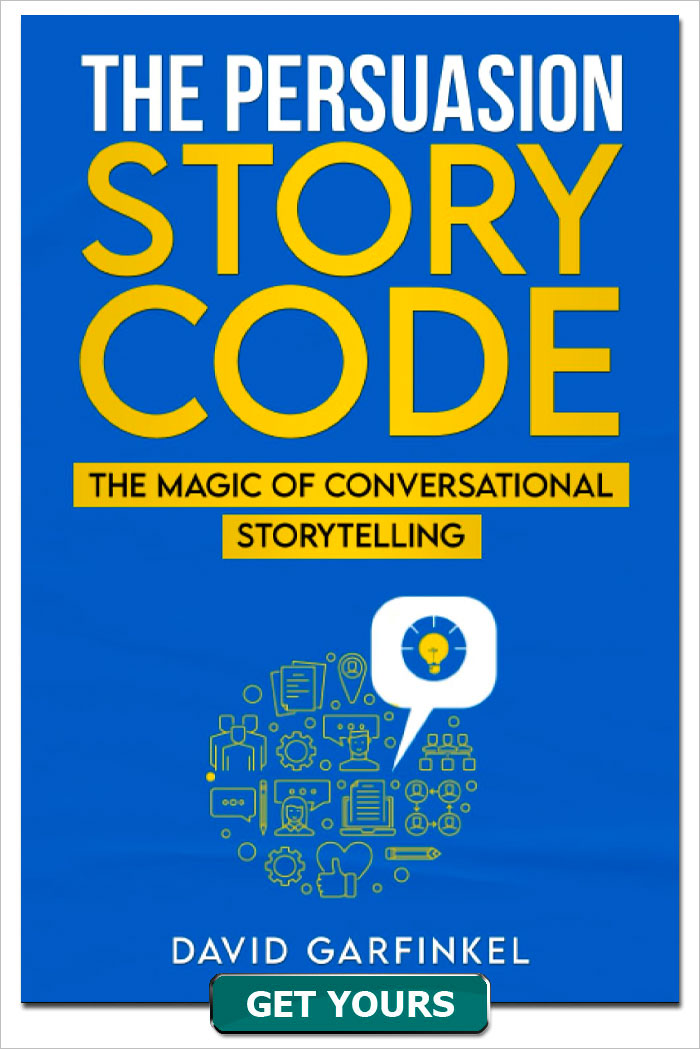Bring Your Copy Alive - Old Masters Series
Published by: David Garfinkel on 05-29-2023
Tweet
The question is: How do you bring your prospect right there when they are reading words you have written, maybe thousands of miles away?
The answer was revealed 99 years ago, but it’s not widely talked about in copywriting. Until today. In this special episode of our Old Masters Series, we look at a book by George Hotchkiss published in 1924.
He has some ideas about using techniques novelists and hypnotists use. But using them in your copy, to bring your offer to life. To get your prospect to see and experience the best of what you have to offer.
All through the words you choose.
The book is simply called Advertising Copy. To the best of my recollection, superstar copywriter David Deutsch told me about this book many years ago. So thanks, DD!
Now the author, George Hotchkiss, was both a successful copywriter and a major educator in copywriting. He started out as a newspaperman, and then went on to become a copywriter for the George Batten Company, which later became the giant ad agency BBDO.
Also, he joined the faculty at New York University in 1908 and went on to start NYU’s Department of Advertising and Marketing. And stayed with them for decades. Guy knows how to write copy and how to teach.
On this podcast, we talked about something else from the book Advertising Copy in a show three years ago. The topic at that time was Reason-Why Copy. But what we’re going to talk about today appeals to a different part of the prospect’s brain, and in many ways may be more important.
On the show, we talk about six great techniques to amp up your copy. For now, though, let’s look at the power of what we’re about to explore.
Let’s say you accidentally cut your finger with a knife, and you’re looking for some sympathy. You could say, “I injured a part of my hand in an accident.” Not very powerful.
Or, you could say, “I cut my finger with a knife by mistake.” OK, that might work better. But let’s take it to the next level.
How about: “I was cutting up some onions for soup I was making. The knife slipped and wouldn’t you know it, I cut my index finger. It hurt like hell. Felt like an electric shock that came out of nowhere. I howled, and then, suddenly, blood was spurting all over the place. I had to wash it and put some ointment on it, and wrap it up tight with a gauze bandage until the bleeding stopped.”
There you go. Now you’ve got a much better shot at getting some sympathy.
Why? Because you brought your senses and emotions into the description. And, along the way, your listener’s senses and emotions, too.
That was a gory example, so let’s turn to something a little more pleasant.
Your sweetheart buys you some fine Swiss chocolates for Valentine’s Day.
What do you say to your friends, to make them jealous?
You could say, “Dylan bought me some chocolates for Valentines.”
OK. That’s nice, but it’s a little vague, right?
To make your statement more evocative, you might say, “Dylan got me some Lindt dark chocolate truffles for Valentines.”
Better. But how about, “I was so happy with what Dylan got me for Valentines. Lindt dark chocolate truffles. They are so smooth and creamy, and I get a jolt of pleasure each time I eat one.”
Again, the description of emotion -- happy -- and sensory experience -- smooth, creamy -- makes it all seem so much more real.
And sometimes you want to take your prospect right into the experience of your offer. That’s what we’ll talk about today.
Everything we’ve just looked at and cover today is based on an important rule:
Demonstration is the most powerful form of selling. We’re going to talk about how to demonstrate, in your copy, the specific things that make people more likely to buy.
For this kind of verbal demonstration, Hotchkiss uses three different terms at different points in the chapter we’re taking this from. Those terms are mostly interchangeable, and they are: “Descriptive Copy, Human-Interest Copy, and Direct Sense Description.
The best copywriters all use these techniques at key points in their copy. Some of them do it on purpose, knowing how and why they’re doing it. But I suspect most of them just do this by instinct, because they know intuitively that these techniques work.
One top copywriter, my good friend John Carlton, is very deliberate and explicit about this. His copy is filled with examples worth studying. And in his teaching, he talks about power words. A lot of them, especially the strong verbs he suggests, are very evocative of specific images, feelings and emotions.
So today, we look at what descriptive copy is, why it matters, when it works and when it doesn’t, and how to use it.
Keywords: old masters of copywriting









